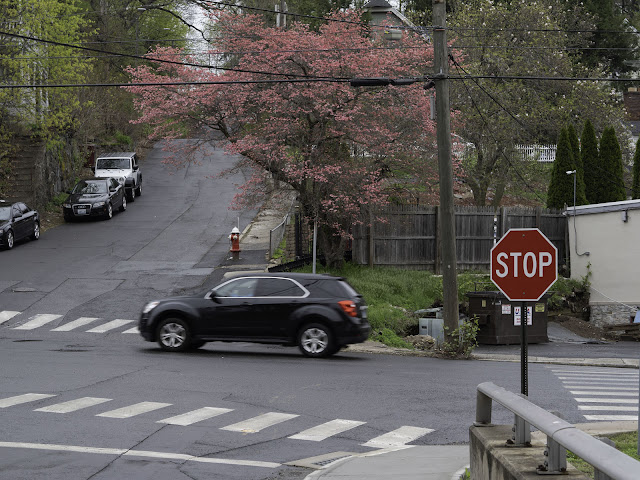New Delhi, India, 1970
This year is the 50th anniversary of a scholarship trip with the International Honors Program, 1969-70, that I took part in as my third year of college. More than half of the thirty students, and one of the three professors, will be getting together for a reunion this September at the Shaker Village at Pleasant Hill in Kentucky. This is appropriate since the study theme of the trip was utopian thought and communities. The faculty allowed me to do a text and pictures project for academic credit, studying religious ritual in the communities we visited in the ten countries we traveled to. This let me concentrate nearly all of my attention on photography and writing (not all for the project) which was a great experience. A dozen pictures from the trip make up the earliest
web gallery on my web site, linked here.
Over the past week I've been going through my fifty year old proof sheets and selecting pictures for scanning—snapshots of group activities that show the other students and faculty that I think they'll enjoy seeing after all these years. While I was at it, I rescanned the twelve pictures in that gallery because I think my current scanner is capable of better results than the one I used a dozen years ago. I also decided to loosen up on that extremely tight edit. I scanned dozens of additional pictures, many of them ones that I printed back in 1970 as part of the ritual project, some of them pictures I printed back then that weren't part of the project—pictures good enough for me to use in my professional portfolio back in the early 1970s.
In addition, I found several pictures that I somehow never noticed before, but now love. Hidden treasures. The shot above (click on the image to see a larger and better view) must have been made late in the afternoon of the same day as picture eight in the gallery
I have no idea why I never printed this before—never even
noticed it back in 1970. Or in 1990 when I made the twelve-shot edit for printing, nor a dozen years ago when I went through the work to scan the negatives in the twelve-shot portfolio. However it reminds me of something the great photographer and teacher David Vestal insisted on: your proofsheets (today, think browser window) are your most important photographic tool, more important than any camera or lens can ever be. They represent your photographic autobiography, and you must never discard (delete, today) any of the pictures. He even pointed out in the 70s that color photographers were at a disadvantage because of this (back at that time all serious color photographers shot transparency film because color negative film wasn't good enough; it didn't get good until big improvements in the early 1980s). People edited their Kodachrome slides down to the best and tossed the rest. Vestal called this a big mistake, because you may likely find that your editing decisions will be different ten or twenty (or fifty!) years later. He slyly pointed out as well that decades on you might very well have become a better photographer, which would also mean being a better editor of your own work.
On a technical note, these negatives are not, as you might expect, in the most terrific shape. In one sense I have a hankering to get some Ilford Multigrade paper and take the dust cover off the Leitz Focomat enlarger, but the idea of spotting the resulting prints is daunting. Cleaning up the scans is kind of amazing when I remember what it was like with the earlier scans of these negatives. Photoshop tools have improved so much, mainly the content-aware healing brush, that about two minutes is enough to clean up scans of negatives that I spent half an hour or more spotting back then. And 10x15 inch prints on Canson Baryta 310 with my HP Z3200 are looking good.
Back on the trip, I said that I expected "something developed from TV" to take over photographic technology in less than twenty years. I'd been reading too much science fiction. It took twenty years for digital tools to take over post production for publication, then another fifteen for digital capture to become acceptably capable. The best digital capture is now a mature new medium. It doesn't replace film—it's different. But it's very good. Digitizing fifty year old negatives is also a good alternative to printing them the old way. Whether with proof sheets or a browser, carefully revisiting old work is always informative, and sometimes yields very pleasant surprises.

















































